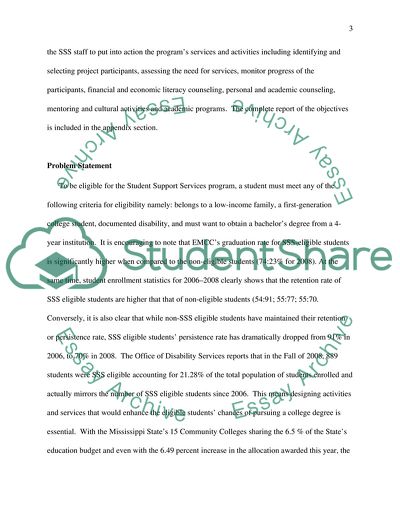Cite this document
(Student Support Services Program Evaluation Research Proposal, n.d.)
Student Support Services Program Evaluation Research Proposal. https://studentshare.org/education/1731542-student-support-services-program-evaluation
Student Support Services Program Evaluation Research Proposal. https://studentshare.org/education/1731542-student-support-services-program-evaluation
(Student Support Services Program Evaluation Research Proposal)
Student Support Services Program Evaluation Research Proposal. https://studentshare.org/education/1731542-student-support-services-program-evaluation.
Student Support Services Program Evaluation Research Proposal. https://studentshare.org/education/1731542-student-support-services-program-evaluation.
“Student Support Services Program Evaluation Research Proposal”. https://studentshare.org/education/1731542-student-support-services-program-evaluation.


